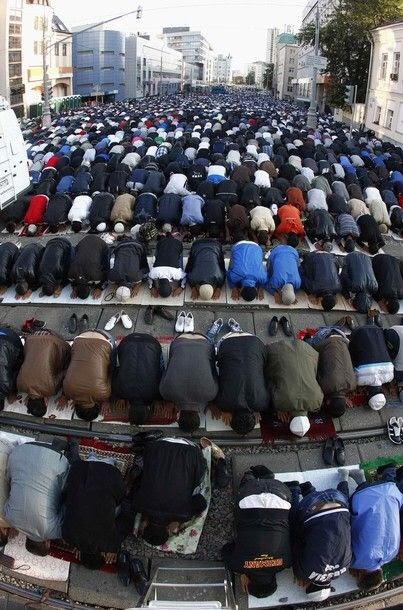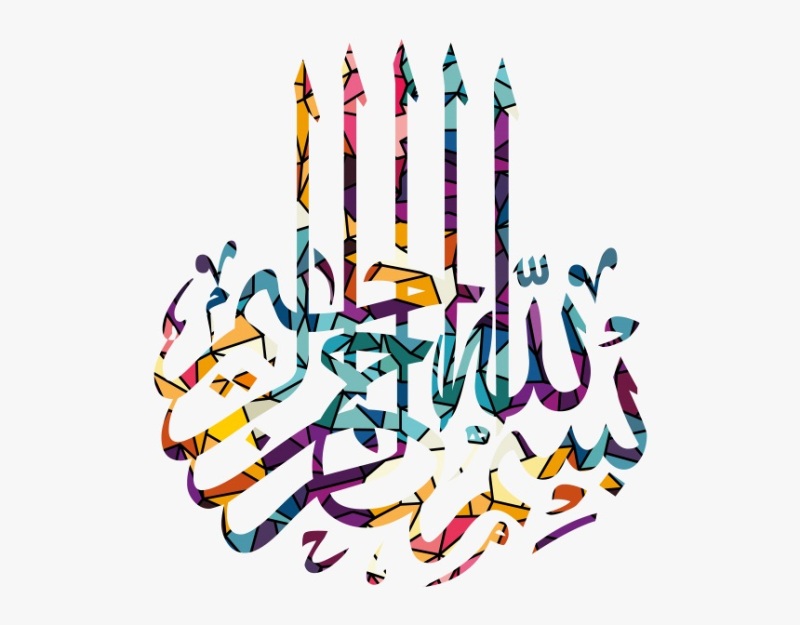There is no dispute that the Basmalah contains the first words one reads in the Quran, and in that sense one could consider it the gateway into the Quran. Similarly, as the “opening” to the Quran, most graphically illustrated in the “nautilus shell” architecture discussed on this site, Al-Fatiha (the first sura whose name literally means “opening”) is our point of entry into the Quran, establishing its perimeters, in particular the primacy of salat, of connecting to Allah the Exalted. But it also symbolizes the gate to paradise as is mentioned in three ayat discussed below. Because of course, the Quran is our guide to how to get through the coming catastrophe of Al-Akhira to the ultimate success that transcends the tests and suffering of our brief mortal existence.
Continue readingMeaning of Prostration in Quran
What Prostration Means in the Quran
StandardIt Depends on the Context

The word sujud, sometimes transliterated sujood, is most often associated with the full prostration position illustrated above and below in this post. It is a powerful focal position in salat prayer in Islam indicating humility, but also in the original Christianity per Jesus’ example as mentioned in the Bible. Healing benefits of sujud have also been shown. It is strongly associated with worship and tawheed or worshiping Allah alone. But the Quran uses the word sujud (“prostration”) in contexts distinctly outside of prayer and worship, giving us an expanded usage of the word, which is extremely important to understand to avoid confusion and misconceptions, especially in the Creation of Adam narratives (found in order with Surah number here2, here7, here15, here17, and here18.)
Continue reading
